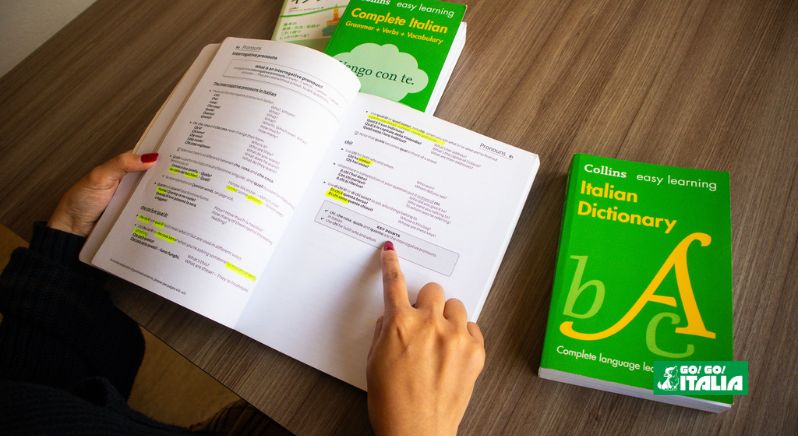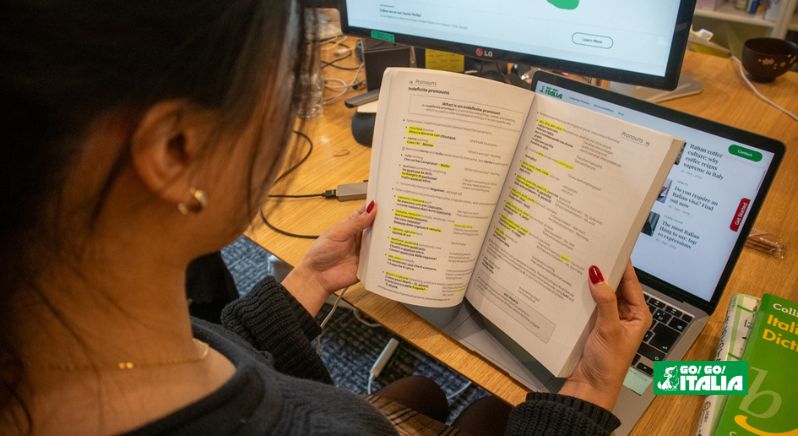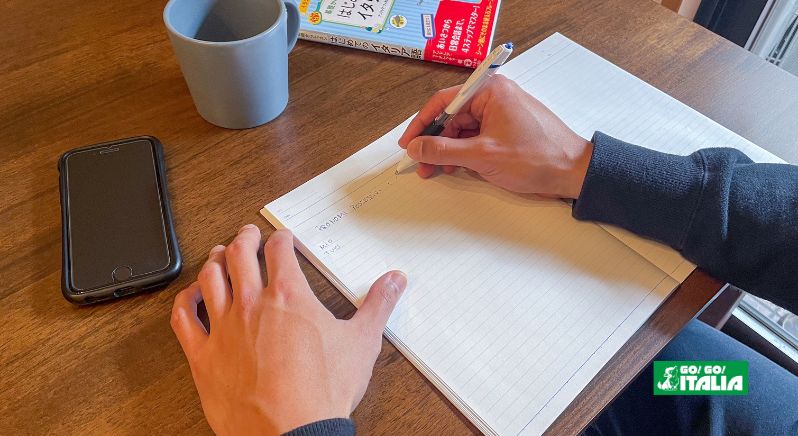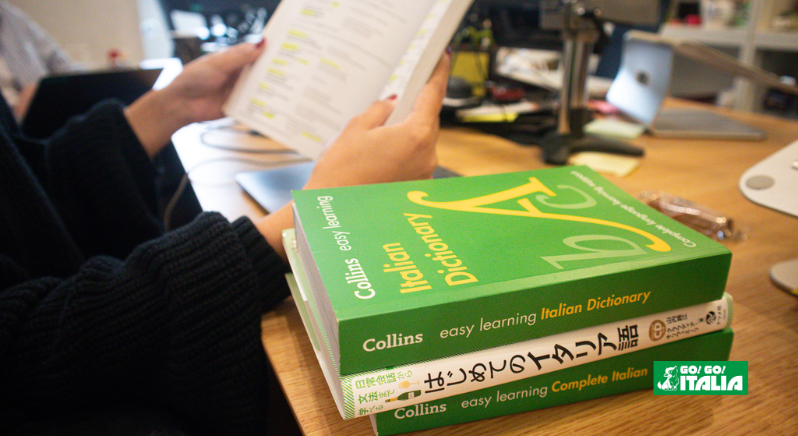Italian is known for its rich language, and mastering its grammar can be a rewarding endeavor. One essential aspect of Italian grammar that learners often find challenging is pronouns. In this article, we will explore the world of Italian pronouns and provide you with a comprehensive guide on how to master them.
Understanding Italian pronouns
Before delving into the intricacies of Italian pronouns, let’s begin with a basic understanding of what pronouns are. Pronouns are words that replace nouns to avoid repetition and enhance sentence fluency. In Italian, pronouns are used extensively, and they come in various forms.

1. Personal pronouns
Personal pronouns are a fundamental type of pronoun in Italian. They replace specific nouns, such as names or things, and agree with the gender and number of the nouns they replace. Here are the Italian personal pronouns:
- Subject pronouns: These are used as the subject of a sentence. They include io (I), tu (you), lui/lei (he/she), noi (we), voi (you all), and loro (they).
Io amo l’Italia.
I love Italy.
- Object pronouns: These replace direct and indirect objects in a sentence. For example, mi (me), ti (you), lo/la (him/her/it), ci (us), vi (you all), and li/le (them).
Li ho incontrati ieri.
I met them yesterday.

2. Demonstrative pronouns
Demonstrative pronouns indicate specific things or people and are used to emphasize the proximity or distance of the noun they replace. Common Italian demonstrative pronouns include questo (this), quello (that), questi (these), and quelli (those).
Questo è il problema.
This is the problem.
3. Relative pronouns
Relative pronouns are used to connect different clauses in a sentence. In Italian, che (which, who, that) and cui (whom, which) are commonly used relative pronouns, with che being used for people or things and cui mainly for people.
L’auto che ho comprato è rossa.
The car that I bought is red.
La persona a cui ho parlato era gentile.
The person to whom I spoke was kind.

4. Possessive pronouns
Possessive pronouns in Italian indicate possession and agree in gender and number with the nouns they replace. Some examples include mio (my/mine), tuo (your/yours), suo (his/her/its – his/hers/its), nostro (our, ours), and loro (their, theirs).
Posso usare il tuo telefono? Il mio è scarico.
Can I use your phone? Mine is not charged.
5. Reflexive pronouns
Reflexive pronouns are used when the subject of a sentence performs an action on itself. Common Italian reflexive pronouns include mi (myself), ti (yourself), si (himself/herself/itself), ci (ourselves), vi (yourselves), and si (themselves). In English however, different pronouns are used for translations.
Mi lavo le mani.
I wash my hands.

Tips to master Italian pronouns
Now that we have a good grasp of the types of Italian pronouns, let’s explore some tips to help you master them effectively.
1. Understand gender and number agreement
One of the key challenges in Italian pronouns is the concept of gender and number agreement. For example, if you’re talking about a male friend, you would use lui as the subject pronoun (he) and lo as the object pronoun (him). Similarly, for a female friend, you’d use lei as the subject pronoun (she) and la as the object pronoun (her). Understanding this agreement is crucial in using Italian pronouns correctly.
2. Learn pronoun placement
In Italian, the placement of pronouns can vary depending on whether they are used as direct object, indirect object, or reflexive pronouns. Understanding the correct placement is crucial for clear and natural-sounding speech. Spend time studying how pronouns are positioned in different sentence structures.
3. Familiarize yourself with pronoun usage
To become proficient in using Italian pronouns, immerse yourself in the language. Watch Italian movies, read books, and engage in conversations with native speakers to observe how pronouns are used in context. This real-world exposure will help you grasp the subtleties of Italian pronoun usage.
4. Seek feedback and correction
Don’t be afraid to seek feedback from native speakers, language tutors, or fellow learners. They can provide valuable insight into your pronoun usage and correct any mistakes you make. Constructive criticism is a valuable part of the learning process.
7. Create your own examples
Practice creating your own sentences using Italian pronouns. Start with simple sentences and gradually work your way up to more complex structures. This hands-on approach will solidify your understanding and boost your confidence.
7. Be patient and persistent
Learning a new language, especially one as complex as Italian, takes time and dedication. Be patient with yourself, and don’t get discouraged by initial challenges. Keep practicing and persistently working on improving your pronoun usage.
Mastering Italian pronouns is an important step toward becoming proficient in the Italian language. While it may seem daunting at first, with consistent practice and a clear understanding of the different pronoun types, gender and number agreement, and correct usage, you can make significant progress. Remember that language learning is a journey, and every step you take brings you closer to fluency. So, embrace the challenge, practice regularly, and soon you’ll find yourself using Italian pronouns with ease and confidence. Buona fortuna! (Good luck.)
Want to learn Italian but can’t get to Italy just yet? Contact us and we will help you navigate our partners online options.
Follow us on our social media for more Italy-related content.










